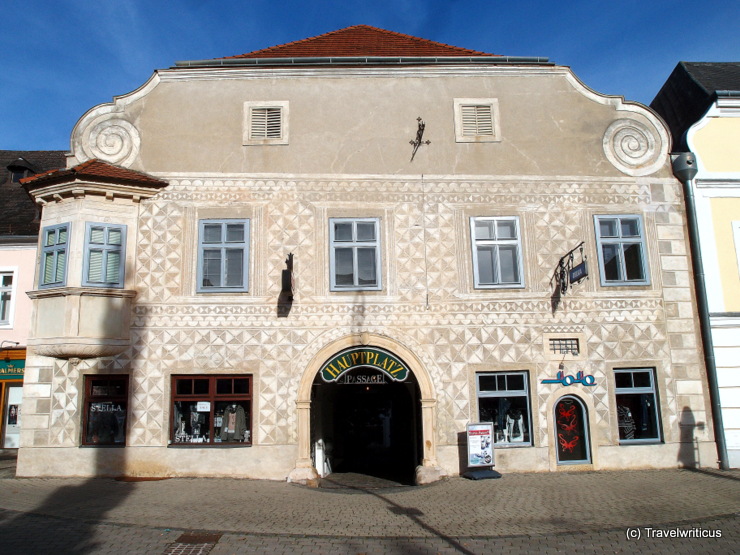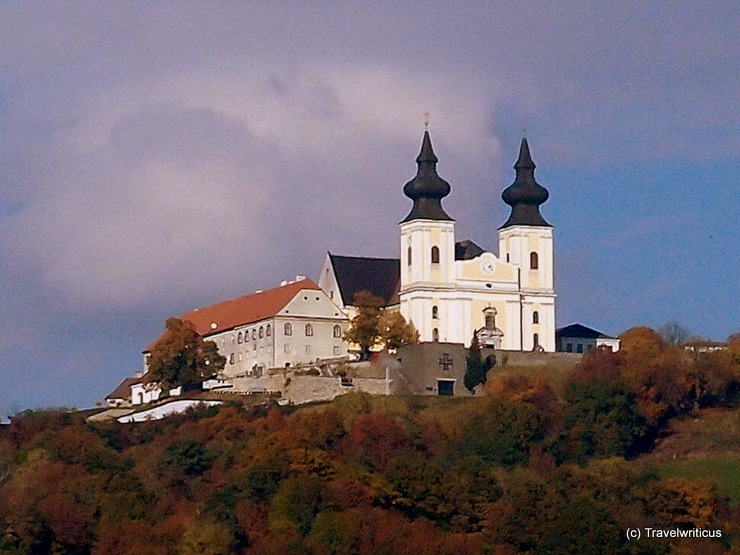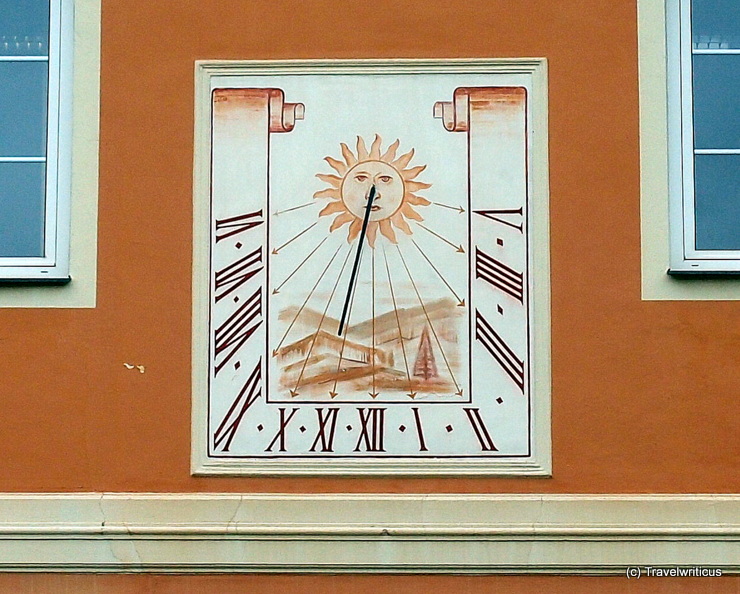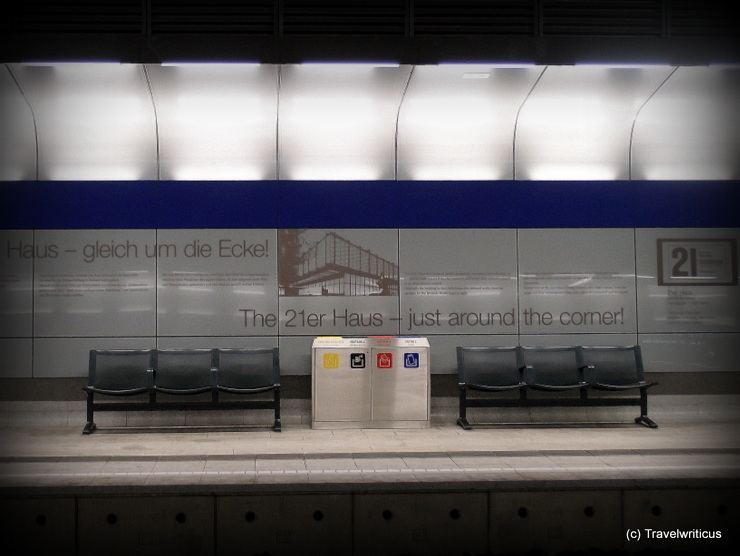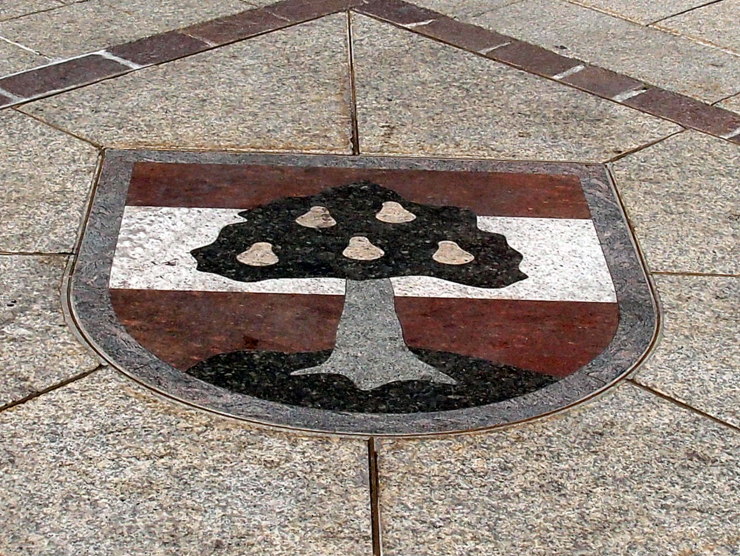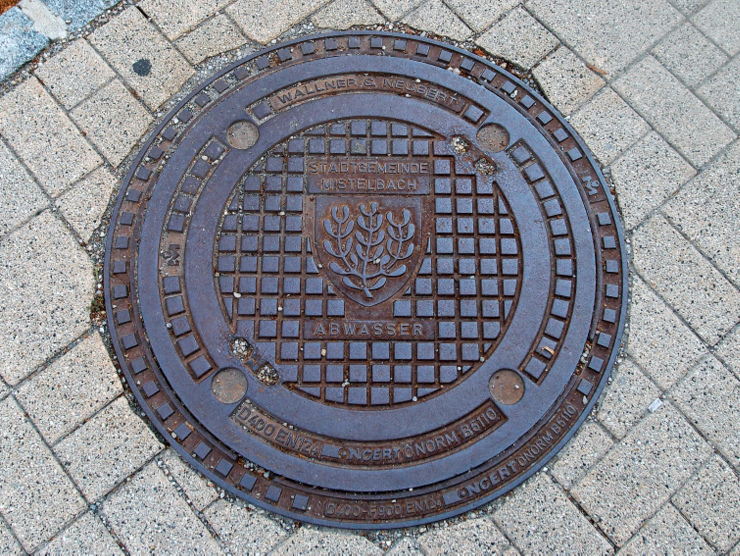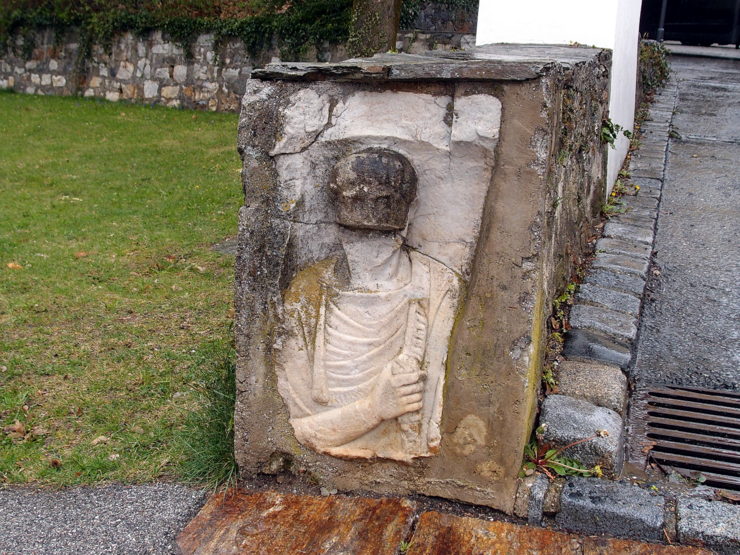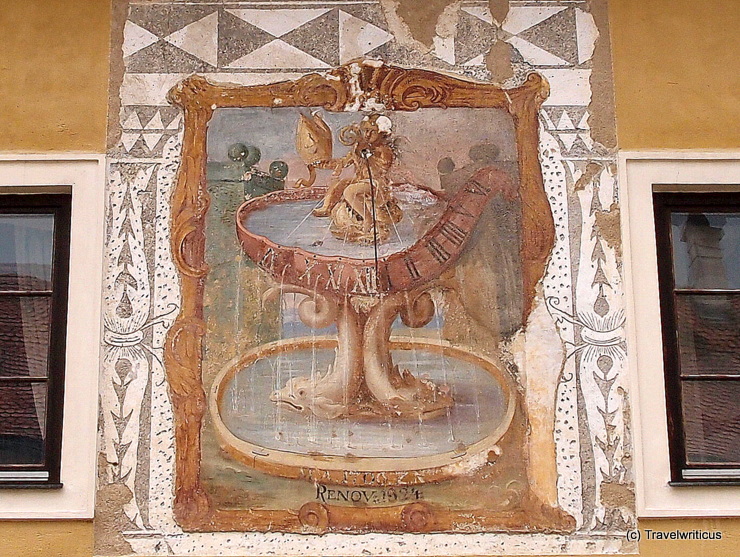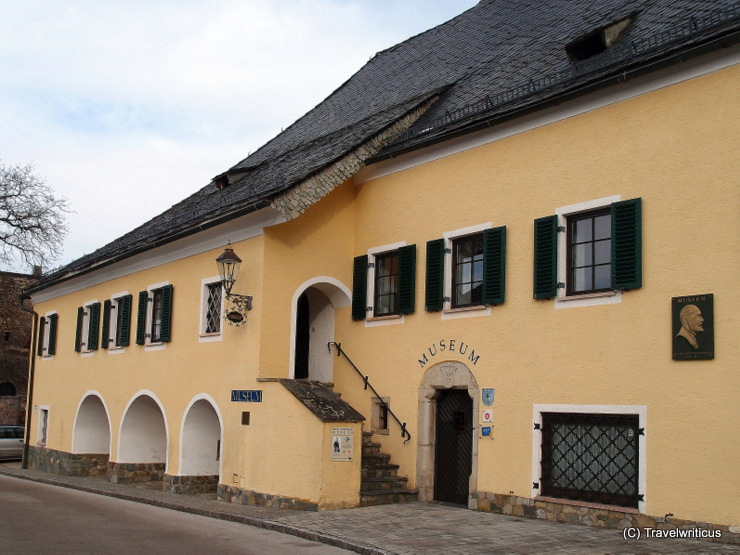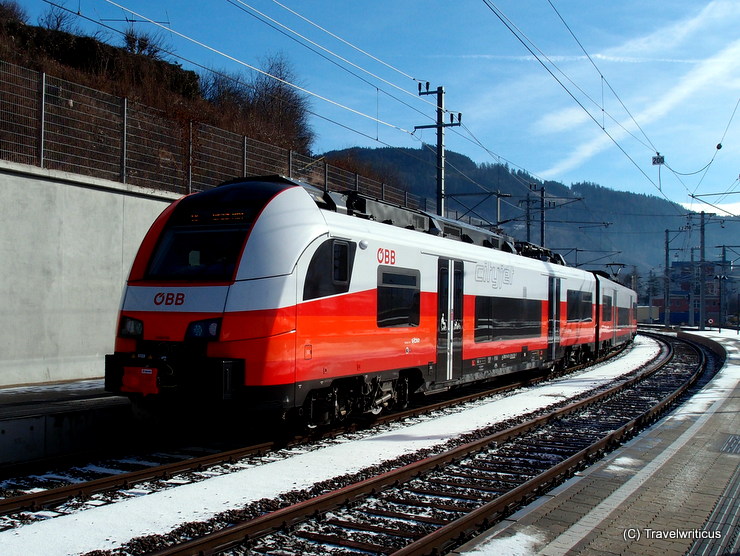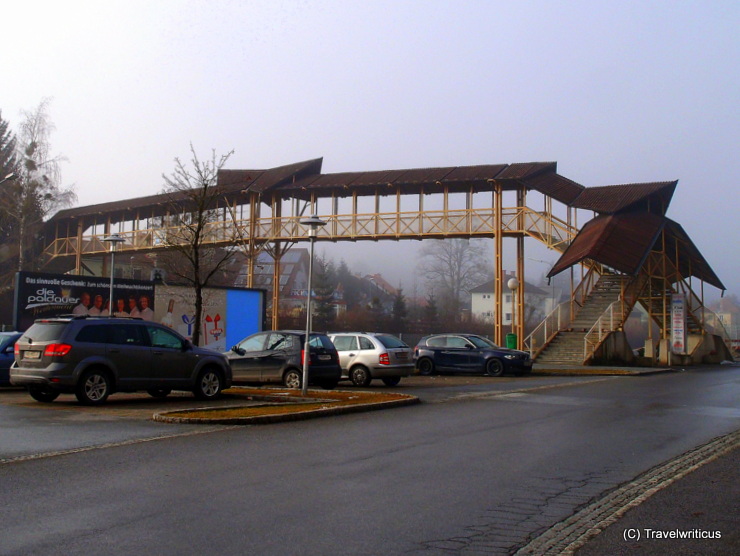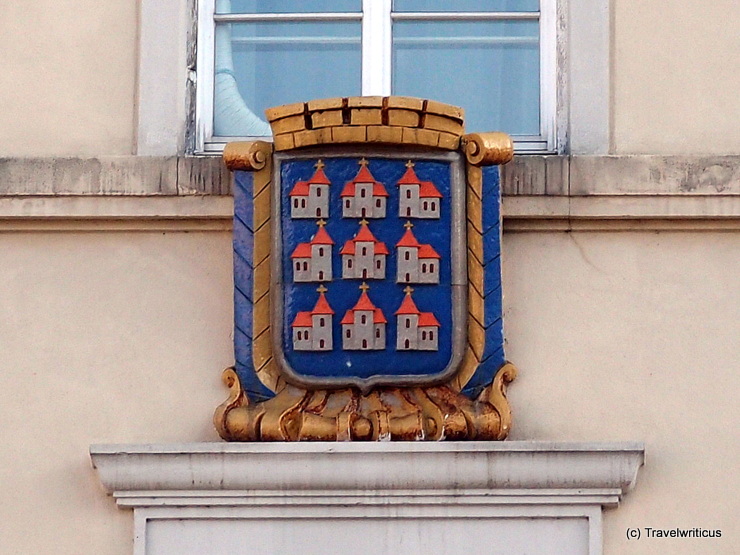
The coat of arms of Neunkirchen displays nine churches which refer to the meaning of the current city name (“Nine Churches”). Even though these city arms are a great example for canting arms the place was never known for nine churches. Actually the name origins from “new church”, a description which was used in the first mention of the place in 1094.
